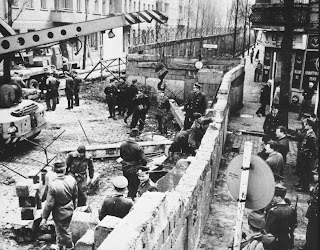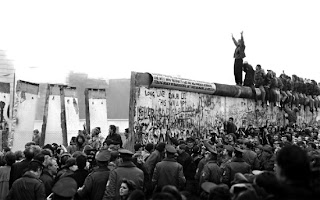What skills have you developed through this module and how effectively do you think you have applied them?
This module has been very different to the others and it has been refreshing and interesting. I have not really done much context of practice before and I have found the seminars with Richard useful to understand contextual links. At the beginning of the module I was not particularly good at picking out the key terms and information and writing them down. I have noticed I have become more selective on picking out relevent information that I will find helpful. I had never done Harvard referencing before the essay in this module. This has been a skill that I would say I have perfected but have definitely learnt a few things about. I think overall I have found the weekly lectures interesting and have added to my knowledge on those subjects. I had never studied Modernism before but felt that I have had applied the knowledge that I have learned in the lecture into my essay as a reasonable standard. At first I found the concept of 'Theory into practice' tricky to understand. It took me a while to find a topic that I was interested in and felt able to design something regarding it. However, when I did find the theory I wanted to focus on I found it easier to put it into practice. My publication was not over complicated and filled with too much information, but for what I was designing I felt it was relevant and did the job. What approaches to/methods of design production have you developed and how have they informed your design development process?
This module has taught me that no matter what you are designing, the contextual links and background to the subject is what makes the design valid and relevant. Jo's sessions have given me many approaches to design. I think it is important to know what other work is out there in terms of aesthetics and methods of design. I have also learnt that in order for you to improve your design, it is crucial that you know what kind of design you enjoy and find interesting. So an approach that I have adopted is to be aware of everything that is around the design, not just the design itself. Knowing the environment, contextual links and things that are relevant to you can shape your design direction. Even though essay writing isn't exactly a design process, I think that having the ability to write in a formal manner is important when it comes to writing within design. Also I have learnt that writing an essay of a certain era of design can help you understand it more and therefore apply it to your own design process.
What strengths can you identify in your work and how have/will you capitalise these?
I think I have become better at understanding how the theory underpins the practice. Before this module I had minimal knowledge on the history of design. I feel as though I have become better at applying the theory into my practice while gaining more knowledge on the subject. I think that by doing Jo's workshops I have become more aware of what kind of designer I want to be and have tried to apply this to my work in design practice. I will continue to research the theory behind design that I am focussing on in the future to help my design improve and have a strong and relevant contextual background.
What weaknesses can you identify in your work and how will you address these in the future?
Even though I enjoy writing and find it interesting when writing an essay on a good subject, I feel as though I was not specific enough within my essay as I had too much to communicate. Their was so much information that I had researched that I was eager to get it all in. I think it might have been better to be more thorough with a narrower topic. However saying that, I do feel as though I captured a broad range of knowledge. I could definitely improve of being more thorough with my research and finding out more designers that inspire me.
Attendance- 4 Quantity of work produced- 3
Punctuality- 4 Quality of work produced- 3
Motivation-3 Contribution to the group- 4
Commitment- 4



















































